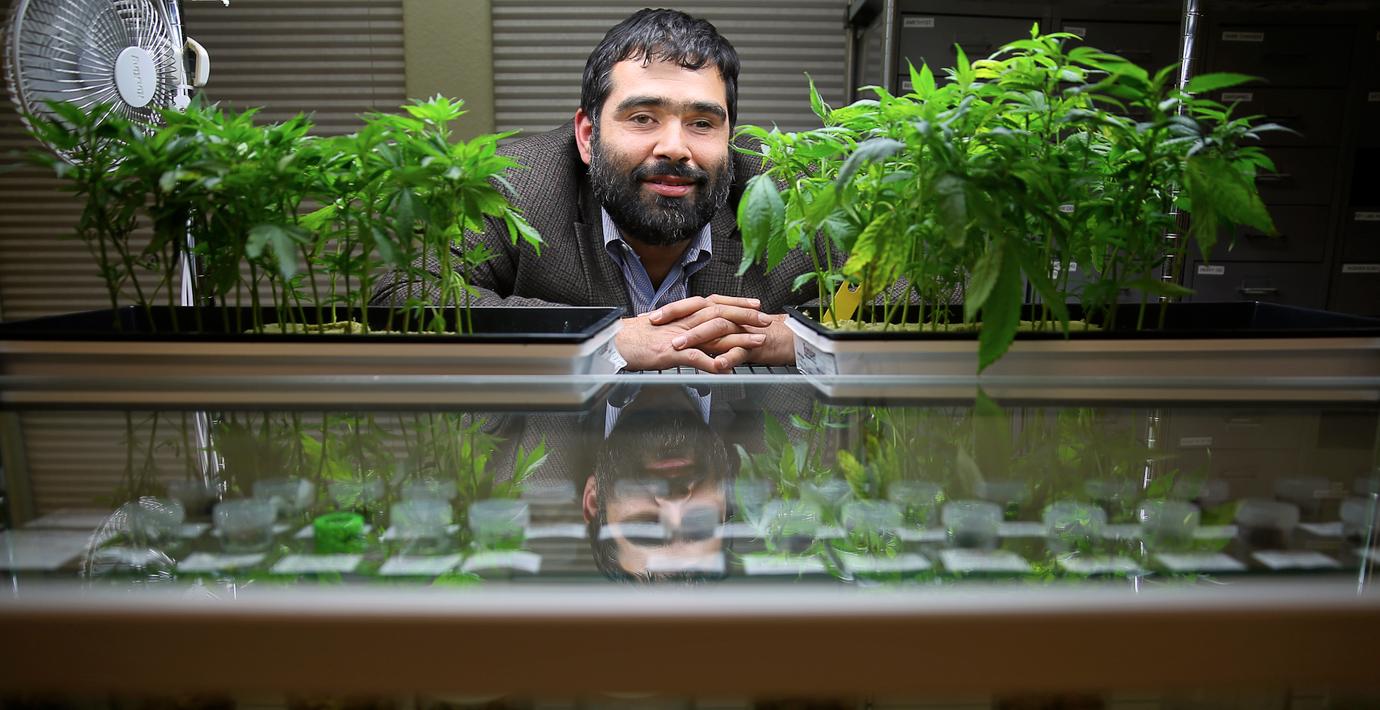
Startups gör bankers jobb i marijuanabranschen
I spåren av legaliseringen av marijuana har nya verksamheter vuxit fram i USA, skriver New York Times. Det handlar om en uppsjö startups som hanterar den stora mängd kontanter som handeln resulterar i, vilket dels beror på att marijuanaförsäljare inte tillåts öppna konton hos banker och dels på att Visa och Mastercard inte accepterar transaktioner från butikerna.
bakgrund
Automated Clearing House
Wikipedia (en)
Automated Clearing House (ACH) is an electronic network for financial transactions in the United States. ACH processes large volumes of credit and debit transactions in batches. ACH credit transfers include direct deposit, payroll and vendor payments. ACH direct debit transfers include consumer payments on insurance premiums, mortgage loans, and other kinds of bills. Debit transfers also include new applications such as the point-of-purchase (POP) check conversion pilot program sponsored by NACHA. Both the government and the commercial sectors use ACH payments. Businesses increasingly use ACH online to have customers pay, rather than via credit or debit cards.
ACH is a computer-based clearing and settlement facility established to process the exchange of electronic transactions between participating depository institutions.
Rules and regulations that govern the ACH network are established by NACHA and the Federal Reserve. In 2013, this network processed nearly 22 billion ACH transactions with a total value of $38.7 trillion. Credit card payments are handled by separate networks.
The Federal Reserve Banks, through the FedACH system, are collectively the nation's largest ACH operator. In 2005, they processed 60% of commercial interbank ACH transactions; the remaining 40% was processed by the Electronic Payments Network (EPN), the United States' only private-sector ACH operator. EPN and the Reserve Banks rely on each other for the processing of some transactions when either party to the transaction is not their customer. These interoperator transactions are settled by the Reserve Banks.
bakgrund
Legalisering i USA
Wikipedia (en)
The legal history of cannabis in the United States began with federal prohibition in the early 20th century. Starting with Oregon in 1973, individual states began to liberalize cannabis laws through decriminalization and legalization of recreational cannabis, as well as the legalization of medical marijuana for non-recreational use. This article makes no distinction between degree or required consumption manner of legalized medical marijuana. More detailed information regarding medical cannabis in the United States or decriminalization of non-medical cannabis in the United States can be found elsewhere. This article is meant as a timeline and nothing more.
Omni är politiskt obundna och oberoende. Vi strävar efter att ge fler perspektiv på nyheterna. Har du frågor eller synpunkter kring vår rapportering? Kontakta redaktionen